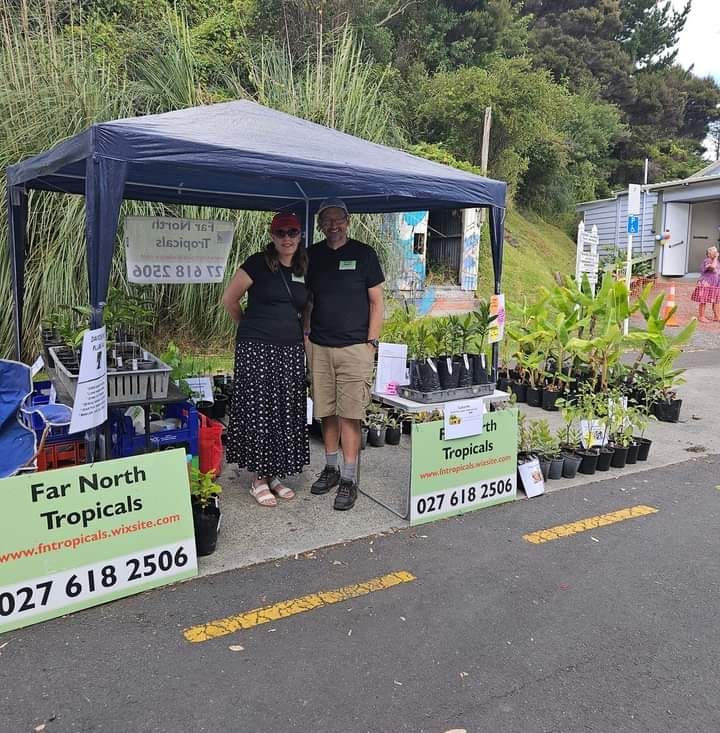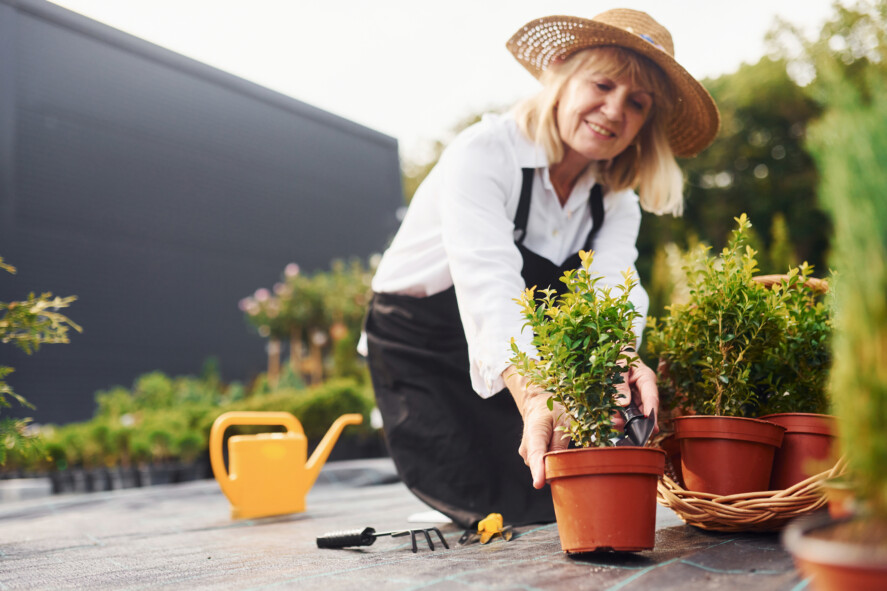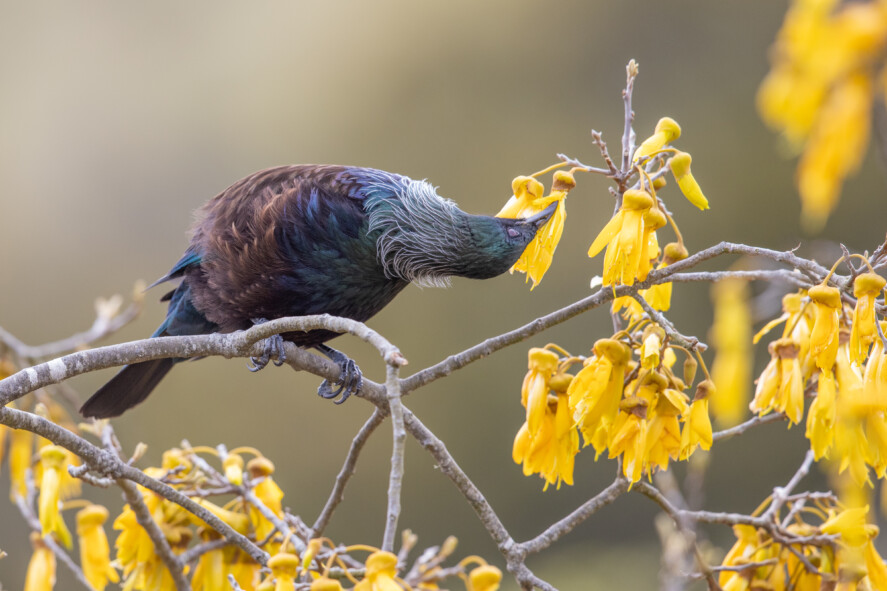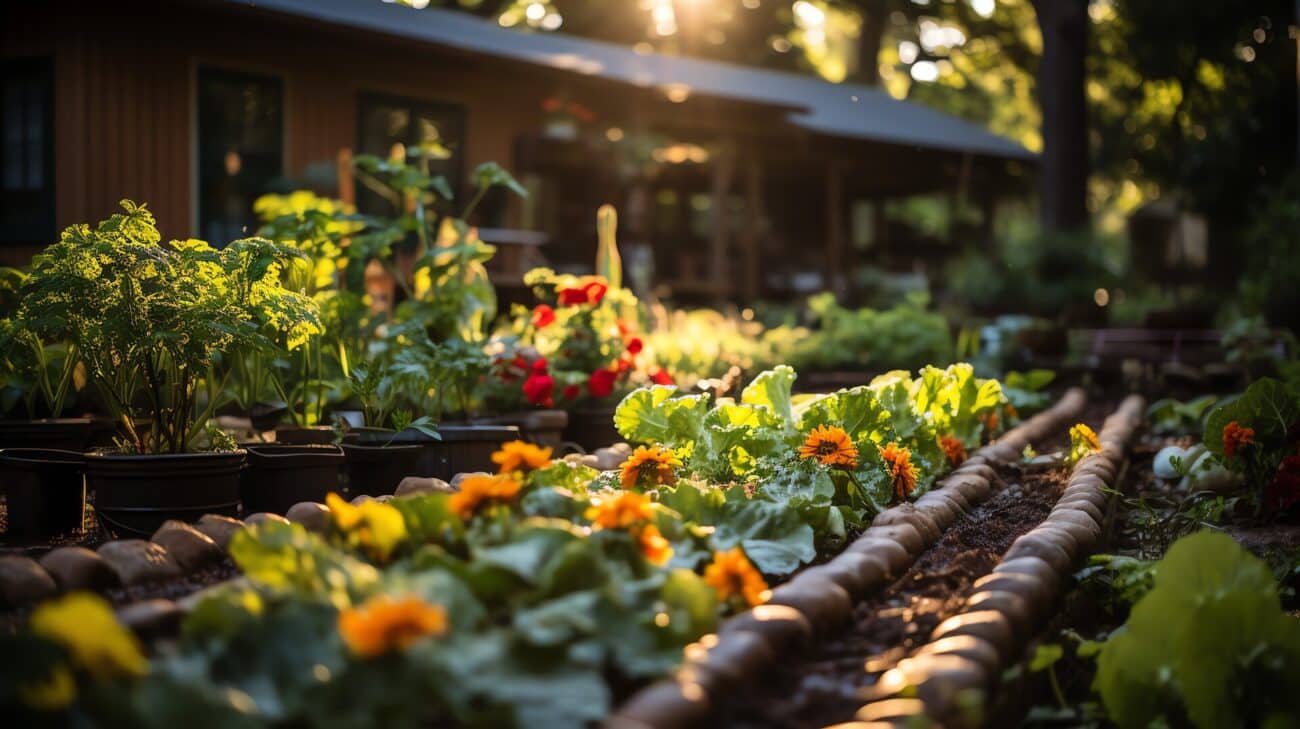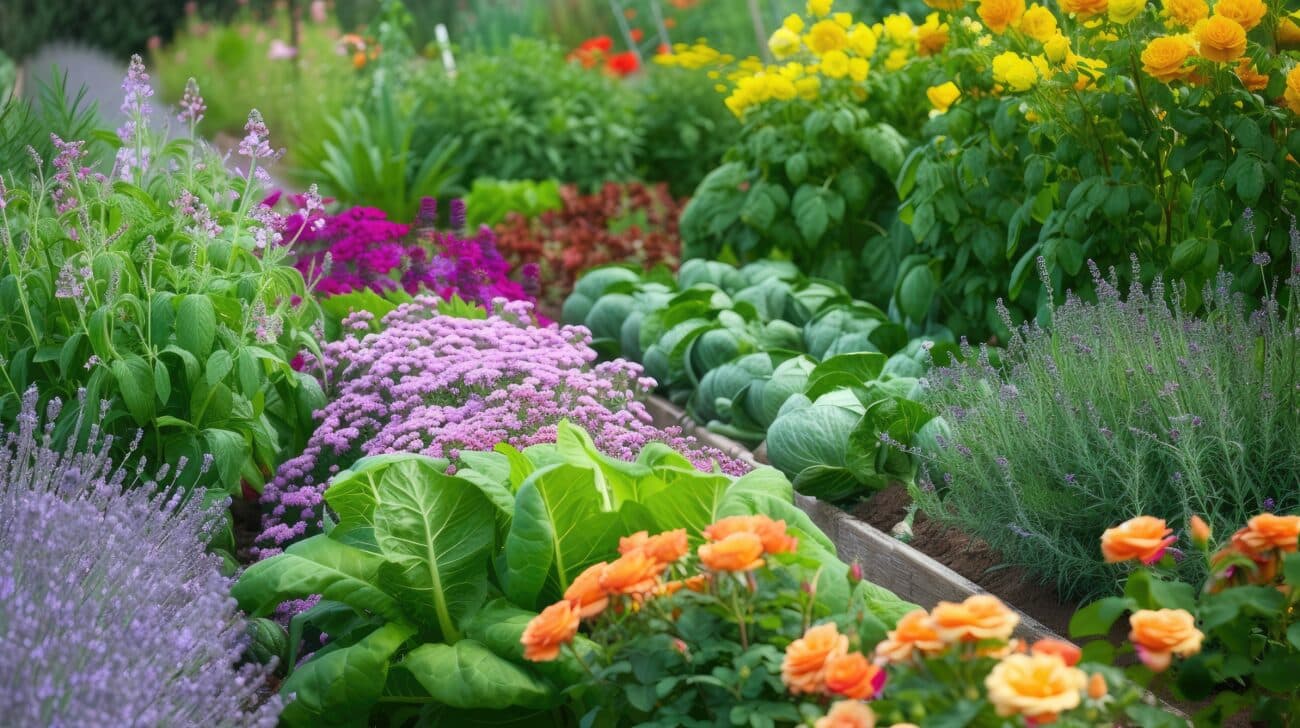November – Flower Gardener’s Diary for New Zealand
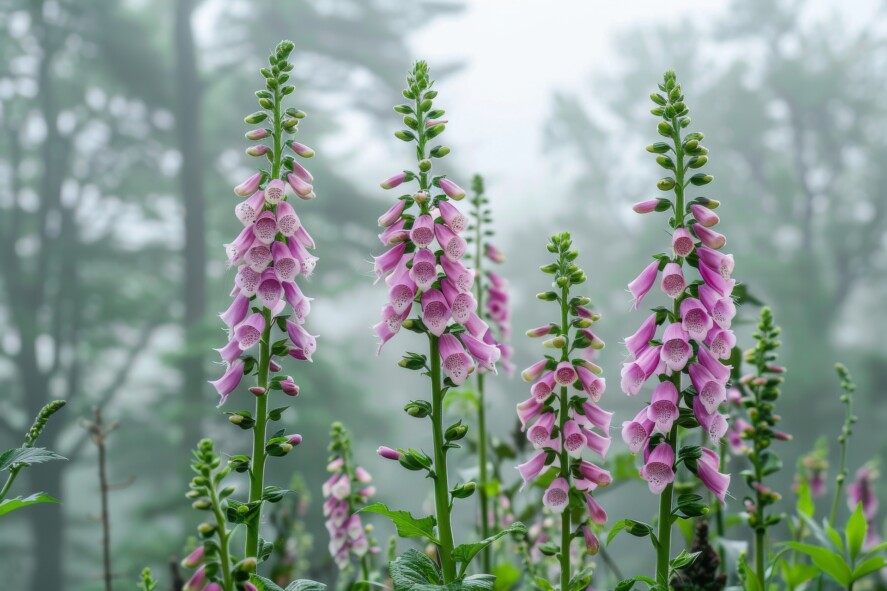
November is a busy and exciting month for flower gardeners in New Zealand. With the onset of warmer weather, it’s the perfect time to get your garden ready for summer. This diary will guide you through essential tasks and tips to ensure your flower garden thrives this season.
Early November
1. Soil Preparation
- Weed and Clear: Begin by weeding and clearing any debris from your flower beds. This ensures your flowers have room to grow and thrive.
- Soil Testing: Test your soil pH and nutrient levels. Most flowers prefer slightly acidic to neutral soil (pH 6.0-7.0).
- Amend the Soil: Add compost or organic matter to improve soil structure and fertility. This helps retain moisture and provides nutrients for your plants.
2. Planting Annuals and Perennials
- Annual Flowers: Plant summer annuals like alyssum, gazania, lobelia, fuchsia, foxgloves, ageratum, aster, chrysanthemum, poppy, carnation, cosmos, dahlia, dianthus, lisianthus, everlasting daisy, gazania, geranium, gerbera, godetia, gypsophila, honesty, impatiens (in frost-free areas), marigold, petunia, nasturtium, phlox, Queen Anne’s lace, salvia, snapdragon, statice, sunflower, sweet pea, verbena, and wallflower.
- Perennials: Plant perennials such as day lily, dahlia, cistus, canna lily, calibrachoa, abutilon, ligularia, iris, hibiscus, daisy, lavender, anemones, Peruvian lily, Felicia, arctotis, penstemon, delphinium, campanula, scabious, nemesia, diascia, roses, verbena, rhododendrons, Daphne, camellias, azaleas, wisteria, clematis, and bougainvillea.
3. Mulching
- Mulch Beds: Apply a layer of mulch around your plants to retain moisture, suppress weeds, and regulate soil temperature. Organic mulches like straw, bark chips, or compost are ideal.
Mid-November
1. Watering
- Regular Watering: As temperatures rise, ensure your flowers receive consistent water. Water deeply in the early morning or late afternoon to minimize evaporation.
- Check Moisture Levels: Use a moisture meter or simply check the soil with your finger to ensure it’s adequately moist but not waterlogged.
2. Fertilizing
- Apply Fertilizer: Feed your flowering plants with a balanced fertilizer to promote healthy growth and abundant blooms. Follow the instructions on the fertilizer packaging for best results.
3. Pest and Disease Control
- Monitor for Pests: Keep an eye out for common garden pests such as aphids, slugs, and snails. Use organic pest control methods like neem oil, insecticidal soap, or hand-picking.
- Check for Diseases: Look for signs of fungal diseases like powdery mildew or black spot. Remove affected leaves and consider using a fungicide if necessary.
Late November
1. Deadheading and Pruning
- Deadhead Flowers: Remove spent blooms to encourage continuous flowering and prevent plants from setting seed.
- Prune Perennials: Trim back perennials that have finished flowering to tidy up your garden and promote new growth.
2. Support and Staking
- Stake Tall Plants: Support tall or top-heavy plants like delphiniums and dahlias with stakes or cages to prevent them from falling over.
- Tie Vines: Secure climbing plants like clematis and sweet peas to trellises or supports to guide their growth.
3. Plant Bulbs for Summer Blooms
- Summer Bulbs: Plant summer-flowering bulbs such as gladiolus, begonias, and tuberous begonias. These will provide stunning blooms later in the season.
General Tips for November
- Garden Clean-Up: Keep your garden tidy by regularly removing fallen leaves, dead plants, and debris.
- Enjoy the Outdoors: Spend time in your garden, appreciating the beauty of your flowers and the efforts of your hard work.
- Prepare for Summer: As you wrap up your November tasks, start planning for December and the summer months ahead. Consider shade cloths or irrigation systems to manage the hotter weather.
What to Pick
- Flowers for Picking: In November, you can pick roses, penstemon, iris, peony roses, geums, delphiniums, larkspur, Queen Anne’s lace, stock, snapdragons, lavender, chrysanthemum, gerbera, sweet pea, poppies, anemones, freesias, and daisies.
By following this flower gardener’s diary, you’ll ensure your garden is well-prepared and flourishing as summer approaches. Happy gardening!

